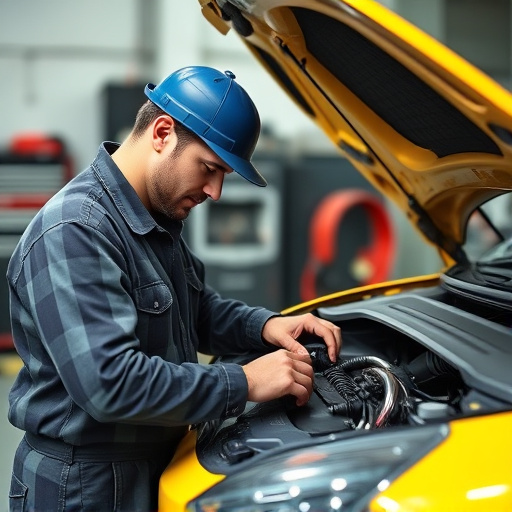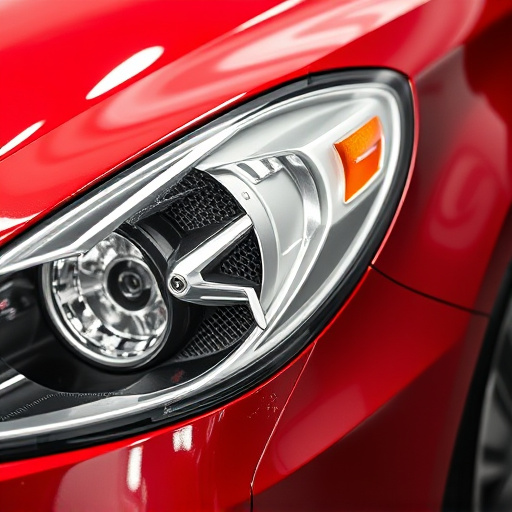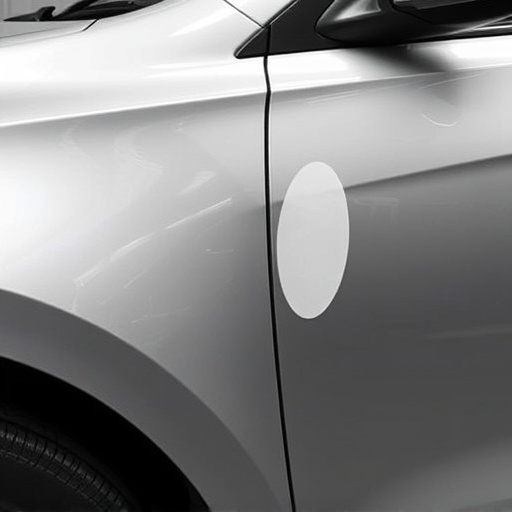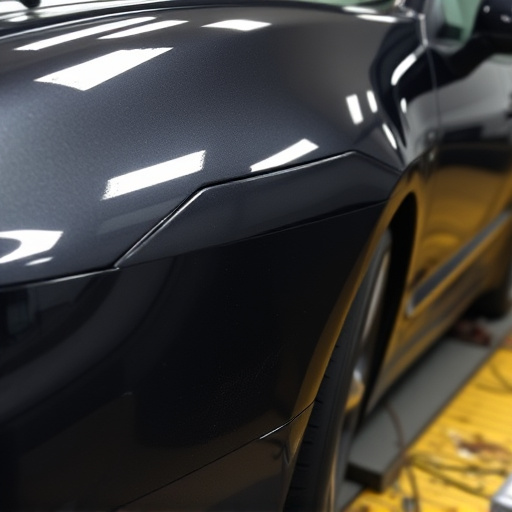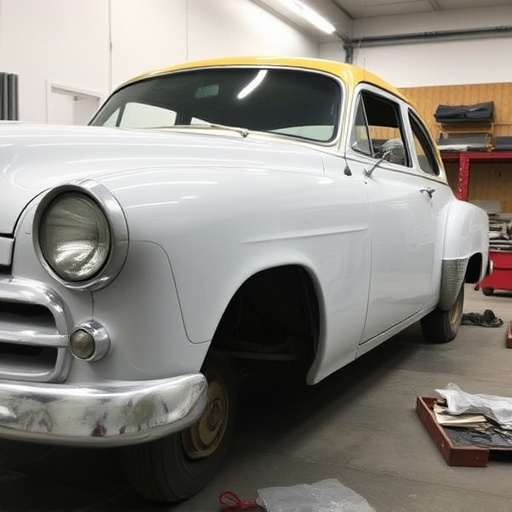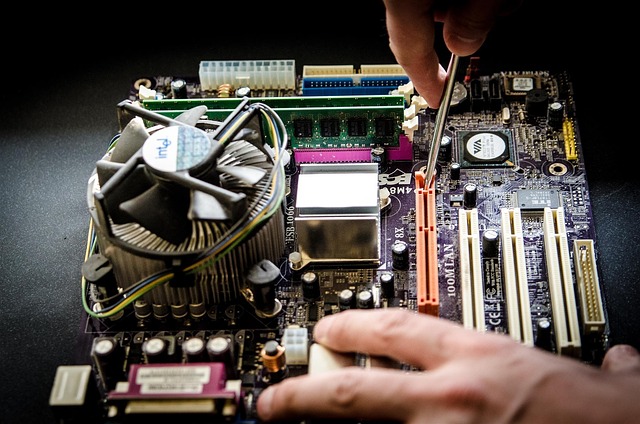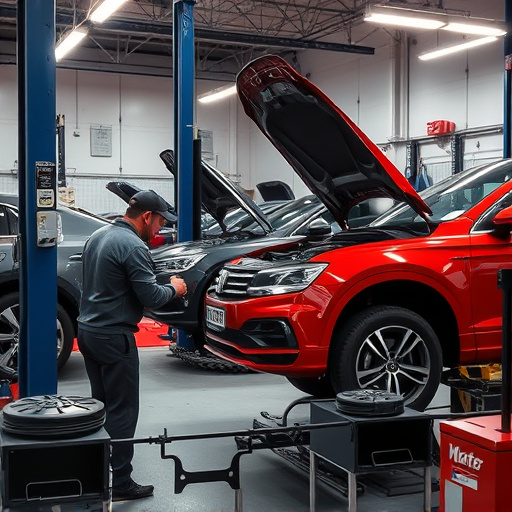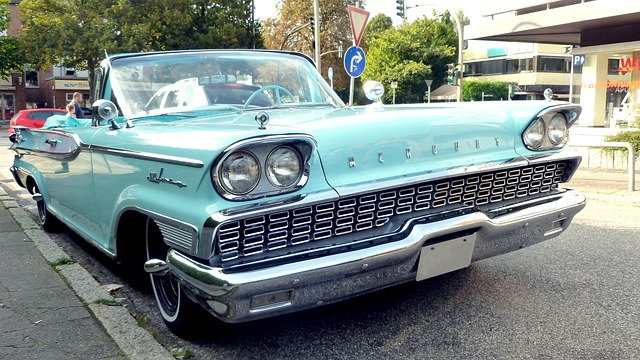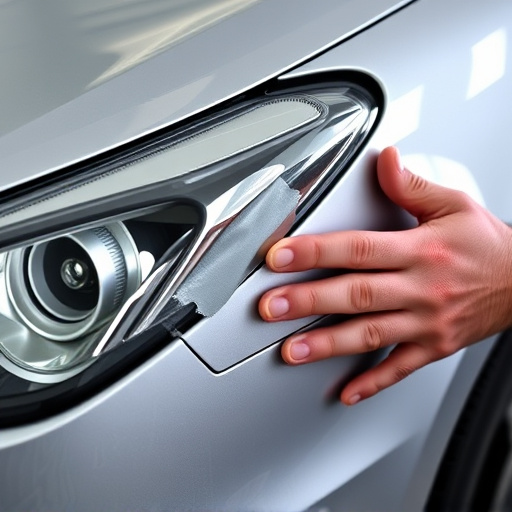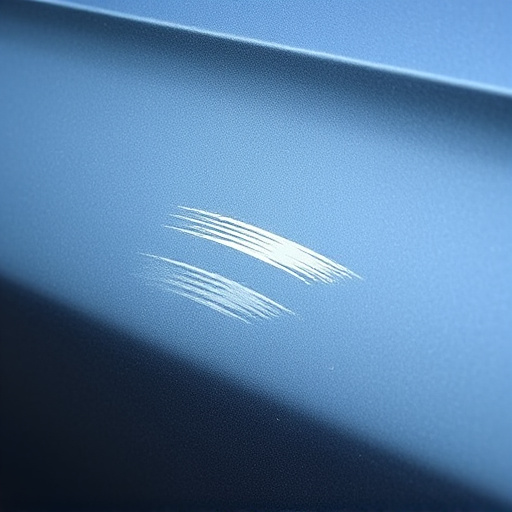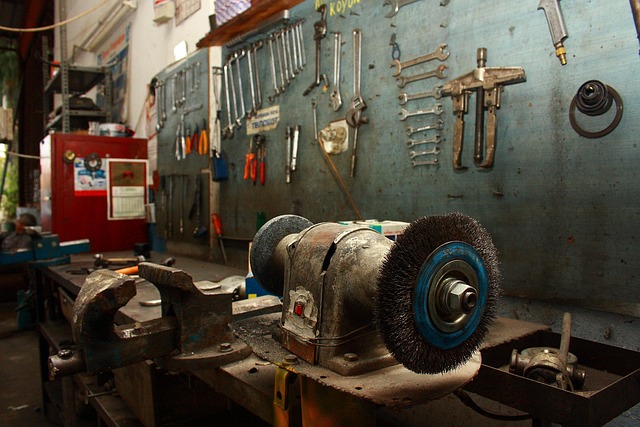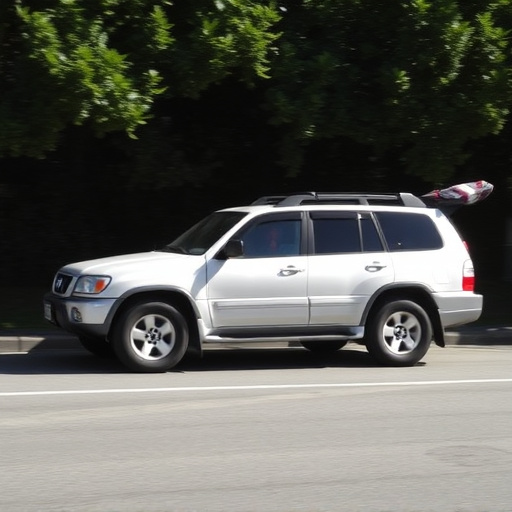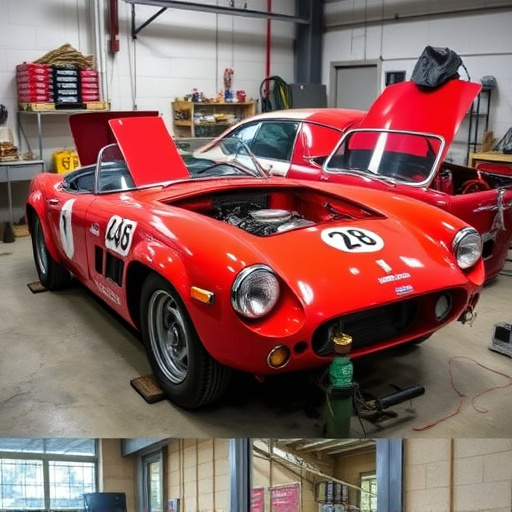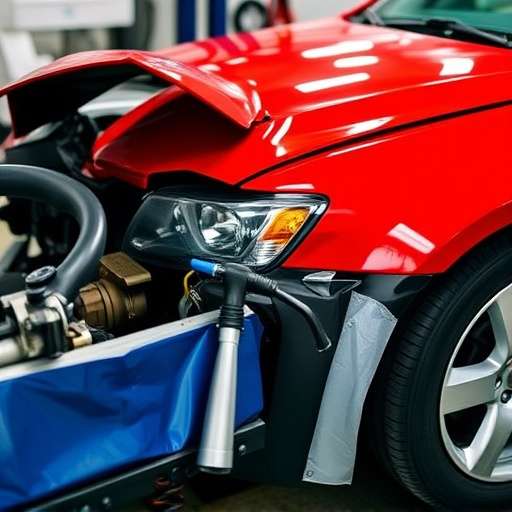Tesla vehicles boast model-specific interior textures that are crucial for driver comfort and resale value. Accurate matching of these textures during repairs is essential, requiring specialized skills and materials. This guide outlines steps for Tesla interior trim repair, emphasizing texture identification, authentic materials, thorough preparation, precise application, and high-quality finishing to preserve the vehicle's aesthetic integrity.
Tesla owners often pride themselves on their vehicles’ unique aesthetics, and this extends to the intricate details like interior trim. When it comes to repairs, ensuring a perfect match with model-specific textures is paramount. This article delves into the significance of accurately replicating these textures for an authentic restoration. We’ll guide you through understanding your Tesla’s unique interior features and provide a step-by-step approach to achieving flawless results in your repair process.
- Understanding Model-Specific Textures in Tesla Vehicles
- The Importance of Accurate Interior Trim Repair Matching
- Step-by-Step Guide to Achieving Perfect Texture Match for Your Tesla
Understanding Model-Specific Textures in Tesla Vehicles
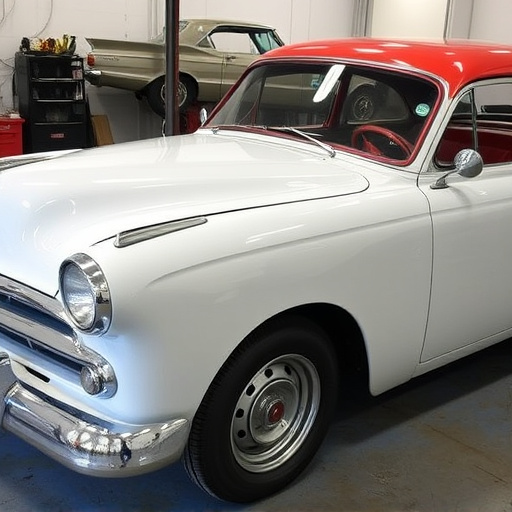
Tesla vehicles are renowned for their sleek, modern designs, and a significant aspect of this aesthetic is the unique textures found in their interior trim. When it comes to Tesla interior trim repair, understanding these model-specific textures is crucial. Each Tesla model, from the Model S to the Model 3, has distinct material finishes and patterns that contribute to its overall character. These textures go beyond simple visual appeal; they are carefully chosen to enhance driver comfort and create a harmonious interior environment.
For example, some Teslas may feature soft, plush fabrics with subtle embossing, while others showcase durable, high-tech synthetic materials. It’s essential for any Tesla owner or repair center specializing in Tesla interior trim repair to be aware of these differences. Using the wrong texture during a repair could leave an unsightly mismatch, compromising the vehicle’s overall aesthetic and even its resale value. Therefore, when approached with a bumper repair or collision repair involving interior components, ensuring that the replacement trim precisely matches the model-specific texture is paramount.
The Importance of Accurate Interior Trim Repair Matching
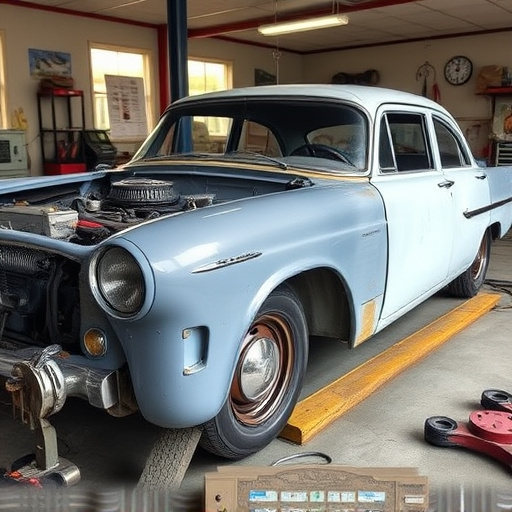
When undertaking Tesla interior trim repair, accurately matching the textures is paramount. Each Tesla model boasts a unique aesthetic, from the sleek dashboard designs of the Model 3 to the luxurious materials in the Model S. Repairs that don’t align with these specific textures can detract from the vehicle’s overall look and feel, leaving owners disappointed.
Proper interior trim repair goes beyond simply fixing broken or damaged components. It involves meticulously recreating the original texture using materials that match not just in color but also in grain and finish. This level of precision is crucial to preserving the car’s brand identity and ensuring a seamless integration of repaired parts with the existing interior. Skilled technicians employ specialized techniques and tools to achieve this, including frame straightening and car bodywork services tailored for the specific needs of Tesla vehicles, thereby delivering repairs that are virtually indistinguishable from the original factory work.
Step-by-Step Guide to Achieving Perfect Texture Match for Your Tesla
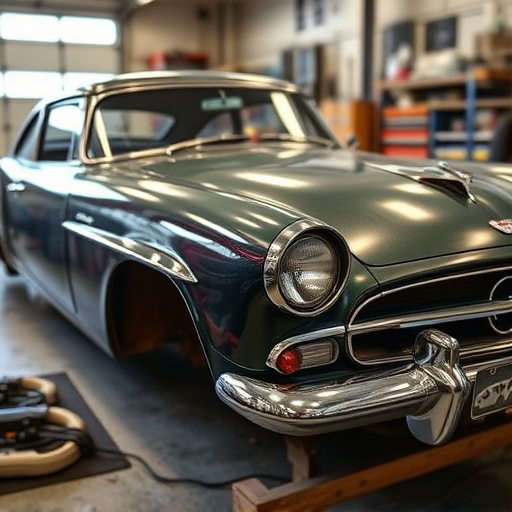
Achieving a perfect texture match during Tesla interior trim repair is essential for maintaining your vehicle’s aesthetic appeal and resale value. Here’s a step-by-step guide to ensure success:
1. Identify the Specific Texture: Start by carefully examining your Tesla’s original interior trim. Note down the unique textures, patterns, and finishes used. This could include faux leather, genuine leather, vinyl, or various types of fabric. For example, the Model 3 may have a distinct diamond-stitch pattern on its seats, while the Model S might feature a subtle pleated texture.
2. Source Authentic Materials: Head to a reputable car body shop or auto repair service that specializes in Tesla interior trim repair. They should carry a wide range of materials to match your vehicle’s specifications. Use the make and model as reference points when inquiring about available options. Ensure you get samples of the exact textures, colors, and finishes required for a precise repair.
3. Prepare the Surface: Before applying any new trim, prepare the existing surface thoroughly. This involves cleaning, sanding, and priming to ensure a smooth base for the new materials. A clean and even surface is crucial for achieving an accurate texture match.
4. Apply and Mold: Using the appropriate adhesives and methods, apply the new interior trim pieces, ensuring they align perfectly with the existing panels. For intricate designs, like those on the center console or door panels, take your time to mold and shape the material to match the curves and contours of your Tesla’s design.
5. Final Touches: Once the adhesive has set, inspect the repair work for any imperfections. Fill in gaps or bumps with matching putty or filler, then sand gently until smooth. Apply a layer of high-quality car body restoration products to enhance the texture and ensure longevity.
When undertaking Tesla interior trim repair, matching model-specific textures is paramount. This ensures not only aesthetic harmony but also preserves the vehicle’s unique character. By understanding the intricacies of your Tesla’s texture and following a meticulous step-by-step guide, you can achieve a flawless result that blends seamlessly with the original design. Remember, attention to detail during the repair process will pay dividends in the final aesthetic and resale value of your Tesla.
